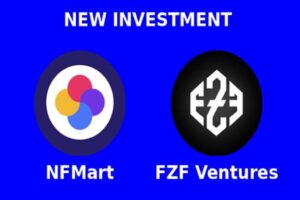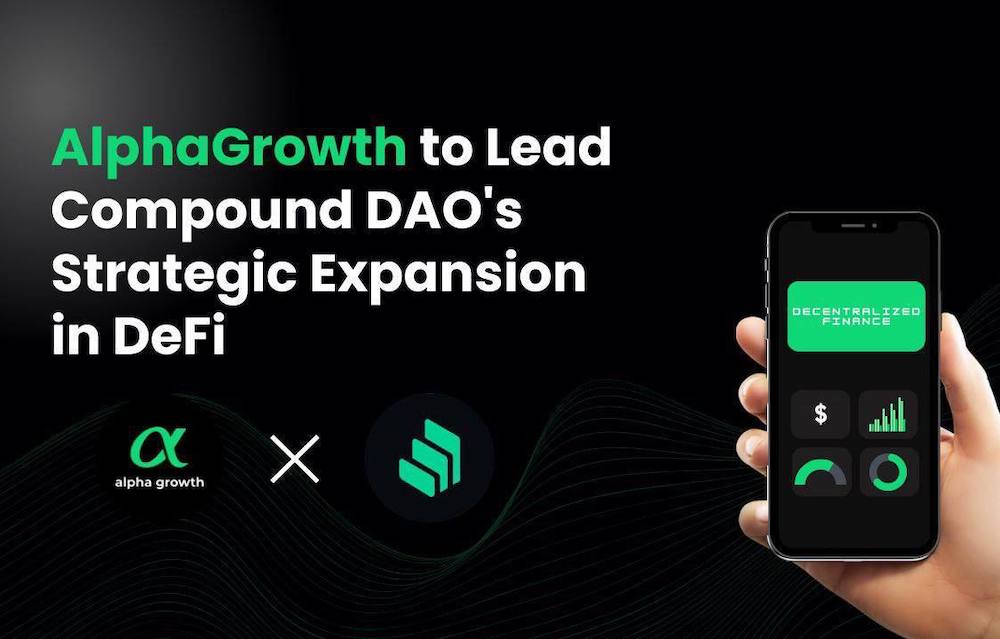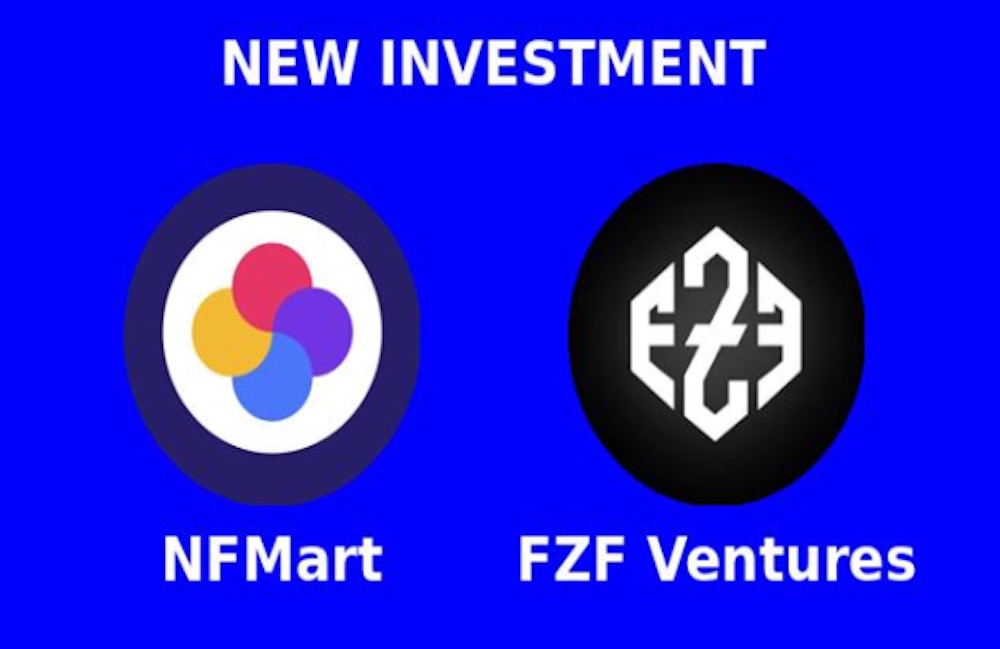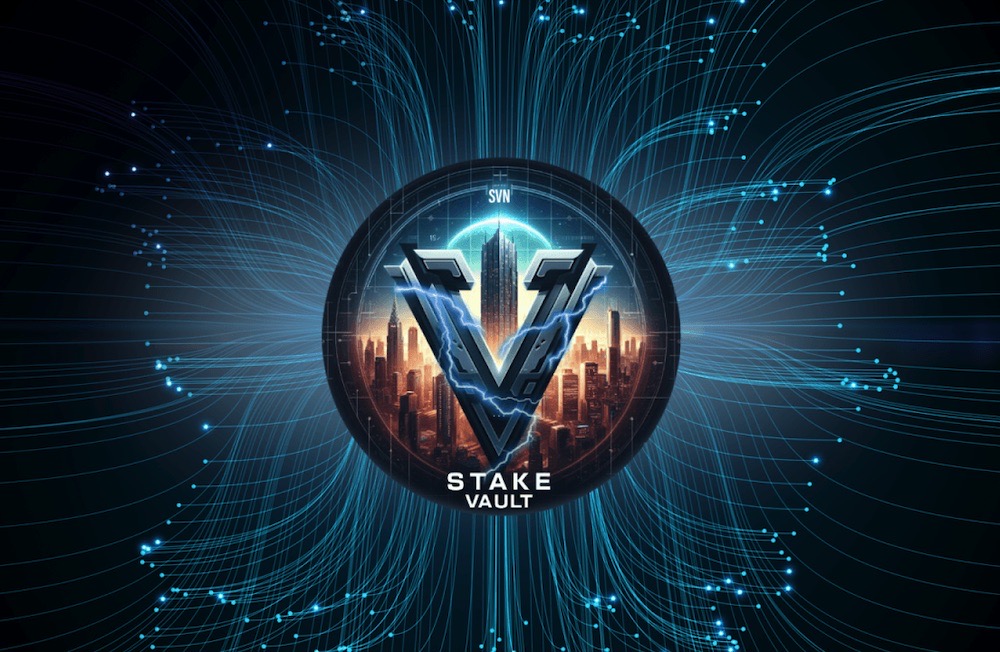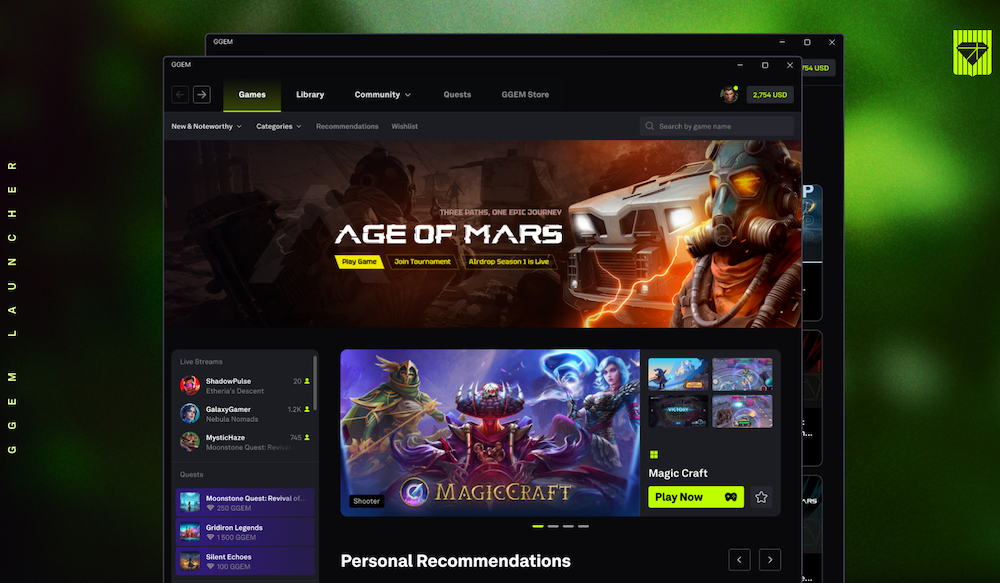 The Promise of Ethereum
The Promise of Ethereum
Ethereum, the leading blockchain platform, and catalyst for a growing number of decentralized applications and blockchain-based platforms has proven over the past 12 months that it is far from a fad. This immutable, unhackable, distributed database of digital assets is everything the Internet always wanted to be: a fair and public way to store and transfer information. This is a platform for truth and it’s a platform for trust.
In the music industry, the protection of rights and distribution of earnings within the music industry is a key consideration. Removing the ability for piracy and allowing listeners to download music stored on the blockchain, paying for the music with cryptocurrency would be one of the paradigm shifts. It would also mean that the right people get paid.
This challenge of monetizing content is also prevalent in the broadcast content industry. Ethereum Blockchain with smart contracts makes for a perfect solution.
Pain Points for Content Creators
The industry has not changed in over 80 years. Today, it continues to be a largely offline and extensive process, involving multiple dis-jointed parties – the creators, the owners, the distributors, the increasing array of formats (eg. mobile, free-to-air TV, cable, OTT, cinemas, etc) and then there is a global consumer base with differing interests and language preferences.
The whole ecosystem today is highly fragmented and content creators are challenged to optimally monetize their content. Compounding the monetization challenge is the fact that content creators also face extremely high costs of distribution. Because the value chain is a cumbersome process for content to reach end viewers; typically 30% to 40% of the value of the content is being lost to cost of distribution via third-party commissions and fees. Hosting a conference booth and meeting events with champagne in the South of France at the Cannes Film Festival is no cheap affair.
To give some context on the potential value of a piece of content, let’s take well-known franchises like “Game of Thrones” or the “F1 Series”. These projects can be sold in 193+ countries via free-to-air, cable, satellite and streaming mobile platforms, that is, it can potentially be sold 600 different ways once you factor language and territorial configurations.
An “A” list project can potentially earn millions of dollars via such a syndication, however, a lesser known title is lucky to be sold in 10 countries and monetized in 10 ways. Hence the potential to optimize the value of this content is at least 50 times more for the content creator if they can easily monetize their content across the various permutations.
The chief pain points of content sellers are:
- Rights are tied up for the long-term (average 2-5 years) in distributor exclusivity contracts
- Distributor fees are significant; averaging 35% of the value of the content
- Rights are typically sold in bulk with other content which limits differentiation for content creators
- The multiplicity of currencies and the vagaries of the fluctuating exchange rates
- Content ages very fast and becomes less attractive to distributors to market
Such problems, which appear daunting are actually very easy to address, provided you have a global platform and a globally trusted ledger. Enter Ethereum Blockchain.
Pain Points for Content Buyers
Content buyers purchase rights to play the content on their own networks and channels, such as Netflix and cable TV channels like Sony. The buyers also face a host of problems:
- The content discovery process is fragmented and manual
- Delayed verifiability of the rights
- Limited by distributor’s rights options
- Bundled rights instead of customized selection
As we can see, these problems can also be solved by implementing a global platform and a globally trusted ledger. Thus, Blockchain is not an add-on, but a natural solution to the problems faced by the content rights industry.
Existing Solutions
There are companies operating traditional marketplaces for trading content rights today; like RightsTrade (2011), TRX (2015) and AllRites (2015). With the advent of the blockchain, we are starting to observe the emergence of companies like Hubii Network, LiveTree, and AllRites exploring the use of blockchain to democratize content.
In the case of AllRites, the company was established by media professionals with decades of experience in the industry. Being intimate with the distribution challenges, they are proponents of blockchain and are moving their existing marketplace onto the Ethereum Blockchain.
But they are not stopping there, the AllRites vision is to create an integrated B2B and B2C ecosystem to holistically support the overall industry. Built on Blockchain technology, the AllRites ecosystem will drive trade efficiencies between content producers and buyers globally, facilitate funding of creative ideas and offer direct streaming to end-customers. Two associated B2C platforms will complement their existing marketplace – RiteFund and RiteStream. For consumers, these platforms allow individuals to directly support and benefit from creative concepts that they believe in.
With RiteFund, the platform facilitates content creators to list their projects and allows prospective contributors to help get a project of their choice off the ground, like Kickstarter, but with infinitely more transparency in rights management and benefits sharing thanks to smart contracts.
RiteStream is for content owners with unsold rights to optimally monetize their content via direct streaming to a global viewership base. The smart contracts seamlessly manage viewers, rights availability and revenue sharing in the backend. For example, an OTT player, like iFlix, may purchase rights to showcase a piece of content in only 30 countries, with RiteStream that same piece of content can potentially be monetized in the remaining 163 countries by direct streaming, if viewers are interested in that content. View RiteStream like the “Spotify” of TV, Movies and Sports content.
For esoteric sports like, Extreme Sailing – they have ardent fans globally but such a sport is very niche and unlikely to garner support from mainstream broadcasters. With RiteFund, fans of Extreme Sailing can directly support creative talent who are also passionate about their sport and who are creating great content about it. These same creative talents can now monetize their content by streaming it directly to the Extreme Sailing fans globally via RiteStream.
Blockchain Technology Deployed
The team at AllRites believe that if the content itself can be reliably audited, the management of its rights becomes a much simpler exercise. Thanks to the Ethereum Blockchain, each ID can be a smart contract that manages the identity and purchase history of the rights belonging to one piece of content at an individual level. Thus, the rights can be sliced and diced in multiple ways and the buyers can buy only those rights which they need. The smart contract tied to each content piece records the transaction history of that content piece individually in a transparent and immutable manner.
While the content rights can be viewed by all prospective buyers, the sellers can be assured of optimal monetization due to the plethora of ways in which the rights have been divided into.
The ID tied to the content can be managed by creating a non-fungible token. It could be similar to the EIP721 protocol that was famously used by CryptoKitties. Thus, the sale and purchase of content rights can be recorded on individual non fungible tokens without affecting the entire ecosystem.
A global fungible token that adheres to the ERC20 standards can take care of the sale and purchase aspects of the deal. To ensure trust, AllRites will be storing the content as decentralized encrypted files which can be unlocked only by a private key.
On successful completion of a sale, the seller sends the private key to the buyer while the buyer transfers the payment tokens to the seller. As an added layer of security, the key and the tokens corresponding to the bid made on the content rights can be placed in an escrow. Once the sale is finalized, a smart contract takes over and governs the transfer of the private key and the tokens to the new owners in an automated manner.
Regarding the case of content creators with unsold content, the RiteStream platform caters to them. Here, the platform becomes the universal global distributor of the rights that went unsold and streams it directly to the viewers in exchange for tokens. In this case, content creators get a platform like YouTube, but with an infinitely better monetization potential.
It has also been seen that content creators, despite having amazing ideas, often struggle to get their plans off the ground due to lack of funding. Consumers are robbed of potential gems. In the music world, its analogues with the likes of Justin Bieber and Carly Rae Jepsen being discovered via YouTube.
With Ethereum, smart contracts can be implemented which facilitate the transfer of funds from fans and supporters directly to the content creators in an easy and trackable manner. Once the content is created, it is uploaded onto the AllRites Marketplace where content rights can be transacted. After subtracting for platform fees, all proceeds can be seamlessly transferred back to the fans/supporters corresponding to the ratio in which they were contributed.
Conclusion
Using blockchain and smart contracts makes the business of content rights deal making and distribution a lot less complicated and instantaneously verifiable. Blockchain takes care of the globally trusted ledger needs, the smart contracts take care of transactions by automating them.
This translates to tremendous efficiency gains for both content buyers and sellers. And, for owners of content, the age-old challenge of optimally monetizing their content is solved.
The added bonus is that in this new decentralized and immutable ecosystem driven by blockchain, consumers can finally have a direct say in what content they want to support and watch.









